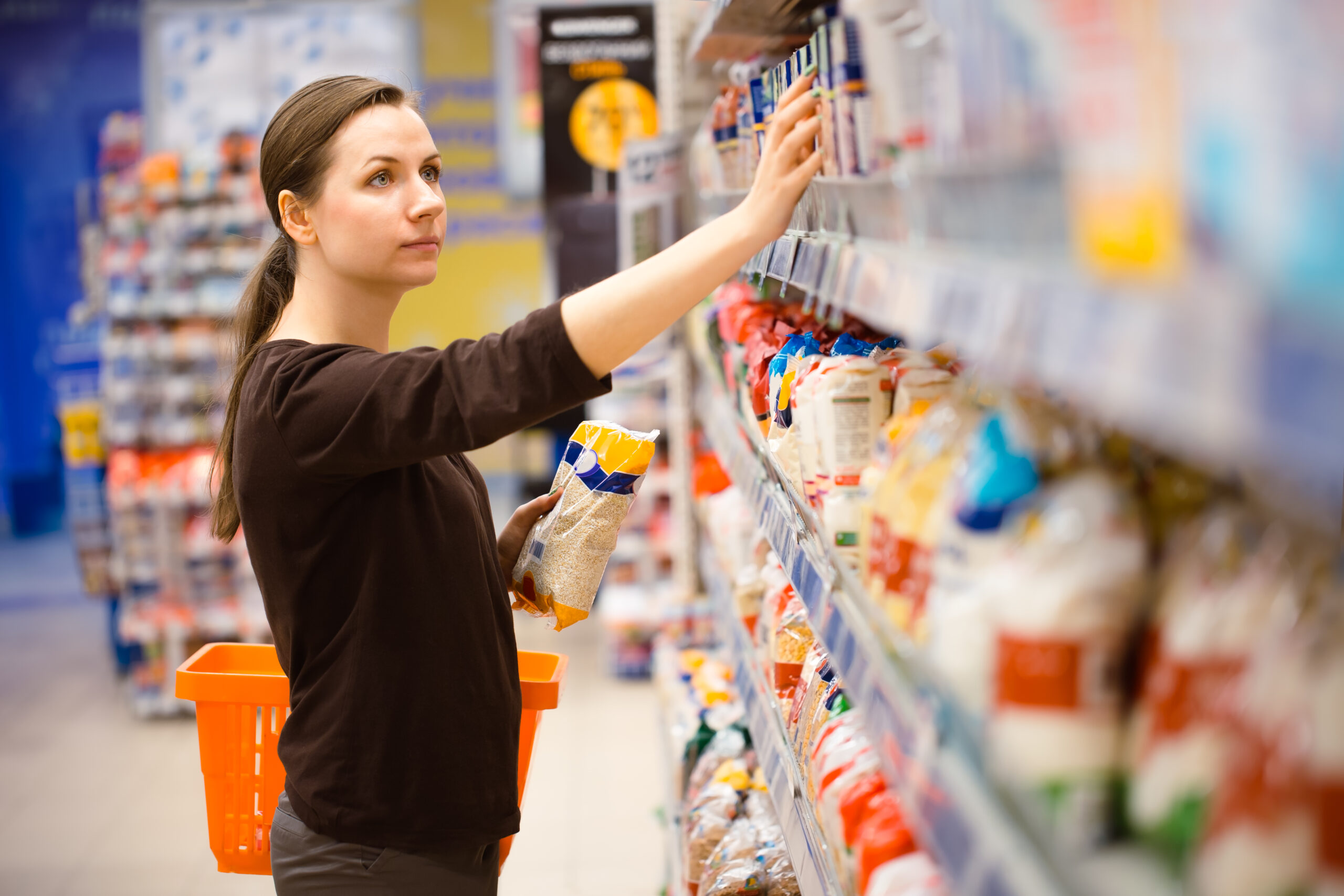Upcycling is rising in popularity, becoming a trend in various industries. For the food and beverage industry in particular, its growth is eye-opening and creates many prospects for companies looking to get on board with the trend.
So, what is upcycling? Well, it’s the opposite of downcycling, which involves converting materials and products into new materials of lesser quality. Natural Products Insider defines upcycling as the practice of transforming waste material, by-products and unusable or unwanted products into value-added products.
Related: Food Companies Sticking to Sustainability Initiatives in 2020
With roots in the fashion industry, the term “upcycling” is perceived as a different form of recycling whereby clothing or fabric is transformed into new pieces rather than recycled in its current form. The practice is said to be virtuous for the environment as it reduce the need to create new products. It seems to be a virtuous practice in the upcycled food waste industry as well, which was worth US$46.7 billion in 2019, and has an expected CAGR of five percent for the next ten years.
Upcycle Market Value
According to a Mattson survey, 39 percent of consumers currently wish to buy food and beverages using upcycled ingredients, with 57 percent of consumers planning to buy more in the future. Consumers would pay more for upcycled products than conventional products, a Drexel University study found.
Upcycling is a growing trend for one simple reason – it solves several sustainability challenges. The United Nations estimated that the world loses about $400 billion worth of food before it even gets delivered to stores. The average American wastes one pound of food each day. Food waste is a significant problem in the US, with 133 billion pounds of food thrown out each year, according to the US Department of Agriculture (USDA).
Wasting food also wastes all the energy and water it takes to grow, harvest, transport and package it, according to the World Wildlife Fund (WWF). And if food goes to the landfill and rots, it produces methane – a greenhouse gas. If we stop wasting food, we could reduce about 11 percent of all the greenhouse gas emissions from the food system. Industries that invest in climate initiatives will boost reputational advantage and afford significant new product and service opportunities, 2020 PwC’s 23rd Annual Global CEO Survey shows.
Recognizing the lost value of food waste is the most significant barrier to success. In an eight year study conducted by the USDA, researchers analyzed food data to see where food is wasted and what people say they do at mealtimes. Consumers don’t see the cost of food when they throw it out, the study concluded.
Demand for upcycled products is growing, but not at a fast enough pace to bring down the prices of ingredients down. As it stands, upcycled products tend to be more expensive to produce than their counterparts. Since many consumers think upcycled food is made from leftovers and waste, they believe the cost should be cheaper than traditional food items.
Upcycled Food Success Stories
Despite the challenges, several food and beverage companies are finding success by exploring upcycled ingredients. For example, the company WTRMLN WTR finds a home for what the industry refers to as “discarded melons” – watermelons discarded due to blemished – and creates a melon water. The company believes farmers could turn a loss into a profit by giving a home to these discarded melons.
Toast Ale, which turns leftover bread into a long-lived and lucrative craft ale is another success story. Each bottle contains roughly one slice of bread and the team of three has recycled 3.6 tons of bread in its first 15 months.
For brands targeting Millennial and Gen Z consumers, who tend to be most concerned about climate change and sustainability, upcycled ingredients could be a big opportunity. However, a product will require a significant investment in consumer education to be successful. Understanding the wants and needs of a target market is deeply important. The barriers and benefits to purchasing and tailoring strategies and messages are crucial as well.
Highlighting the product’s innovativeness, positively-viewed attributes, novelty and nutritional value will be key in addressing any cost and appearance scrutiny. With the right marketing and consumer education, an upcycled product could be worth more than conventional products.






Join or login to leave a comment
JOIN LOGIN